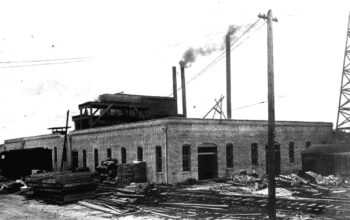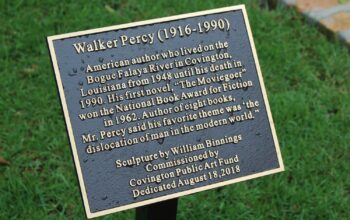Covington Police Chief Tim Lentz sent in a historical timeline of the Covington Police Department.
1816 Five trustees to be elected by inhabitants of the town, duties to include regulation of police of said town. “Police” seems to be used as a verb, not a noun, i.e. police is an action, not necessarily a particular person. The trustees did not receive any pay, or compensation for handling town business.
1832 “…officers [of the town] shall be elected by a preponderance of the vote, and hold office for two years… The person receiving the highest number of votes for the office of Day Marshall shall be declared the elected Day Marshal. The person receiving the highest number of votes for the office of Night Marshal shall be declared the elected Night Marshal.”
1832 The Day Marshal may be ex-officio a Constable, and both marshals shall further be subject to the control of the Town Council absolutely, and shall perform all duties as shall be prescribed to them by the Council. (Sec. 13, Town Charter).
1832 Mayor, as an ex-officio Justice of the Peace, may try all offenses against the laws, ordinances, and regulations of the Town Council, to assess all fines and amercements as the Council may have fixed for the breach of their regulations, and by warrant under his hand and seal to authorize the Town Constable to make the amount of said judgement by seizing and exposing for sale the goods and chattels of such delinquents or offenders. Such money shall be paid into the hands of the Treasurer. (Sec. 8, Town Charter)
1832 Section 13 of the Charter addressed the fact that all funds collected by the Constable shall be turned over to the Treasurer (of the town). These “funds” do not seem to include tax collection, that seems to have been a separate job. The tax collector was also the hog catcher and impound manager. The City Councilmen had the job of supervising stockyards in the town.
1897 The Marshals should visit all the water closets (all restrooms, indoors and out) in the town, and order ay of them fumigated and cleaned within 48 hours, or fine the owner $10.
1908 The city still employed only two marshals, but gave them both a raise.
1913 The town marshals were instructed to put a stop to groups of men loitering on the the town streets. The Women’s Progressive Union told the town council these men were living on the earnings of women and that the men refused to go to work.
1914 D.L. Addison and F.J. Martindale were appointed as a committee to purchase a horse for not more than $75 for the use of the night marshal.
1924 “…the Day Marshal may also be the Street Commissioner.” [Seems to have included sanitation violation citations, as well as reporting needed repairs.] “Such officers [may handle things] in their discretion as they may deem necessary for the peace and well ordering of the affairs of the Town.”
1927 An incentive system was set up for city policemen: arresting officers were to receive $2.50 per conviction, when fines were paid.
1956 The city increased the law enforcement staff to three full-time policemen.
1959 The city increased the law enforcement staff to five full-time policemen.
Robin L. Perkins, Archivist, St. Tammany Clerk of Court
The Covington Police Department is open 24 hours a day, 7 days a week. For emergencies, call 911. Regular assistance, call 985-892-8500




